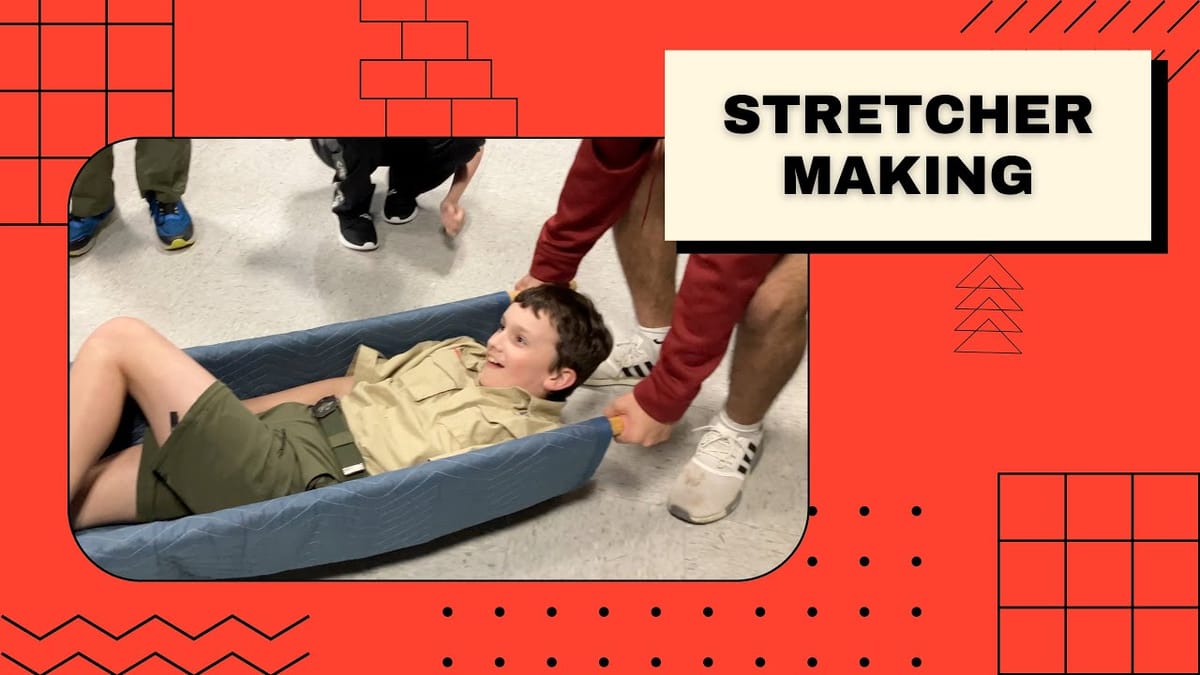Swift and Safe: Handling Emergency Situations with Patient Transfer Techniques


Hey Scouters,
Today, I want to talk about something crucial in emergencies: patient transfer techniques. When someone is injured or incapacitated, it's essential to move them safely and efficiently to ensure their well-being. That's where proper patient transfer techniques come into play.
Setting the Scene
Picture this: you're on the scene of an accident, and someone is injured and needs to be moved to safety. It's a tense situation, but with the right knowledge and techniques, you can ensure a smooth and safe transfer.
The Fold-and-Cinch Method
One technique that's commonly used in emergencies is the fold-and-cinch method. Here's how it works:
- Create Handles: Begin by folding a stretcher or blanket over slightly to create handles. These handles will provide a grip for you and your partner to lift and carry the patient safely.
- Positioning: Next, position the stretcher or blanket under the patient, making sure to adjust it to fit their body size. Fold the sides in to secure the patient and prevent any unnecessary movement during the transfer.
- Cinch Down: Here's the key step—when laying the second stretcher or blanket over the patient, ensure that the pole is on top. This allows the weight of the patient to cinch down the stretcher, providing stability and security.
- Lift and Carry: With the patient securely positioned, carefully lift them onto the stretcher or blanket. Take care to minimize movement, especially if there are potential hidden injuries that haven't been identified yet.
Safety First
Throughout the transfer process, safety should always be the top priority. Move slowly and deliberately, ensuring that the patient is comfortable and stable at all times. Communication with your partner is key—coordinate your movements to ensure a smooth and efficient transfer.
Bringing Them to Safety
As you lift the patient onto the stretcher or blanket, you'll feel a sense of relief knowing that they're in good hands. With their back flat and secure, you and your partner can carry them to safety, away from any potential dangers or hazards.
Conclusion: A Team Effort
In emergencies, every second counts, and having the right skills and techniques can make all the difference. By mastering patient transfer techniques like the fold-and-cinch method, you'll be better equipped to handle emergencies and ensure the safety of those in need.
Remember, it's not just about getting the job done—it's about doing it safely and effectively. With teamwork, communication, and proper technique, you can make a real difference in the lives of those you help.
So, the next time you find yourself in an emergency, remember these techniques and trust in your training. Together, we can ensure that everyone gets the care and assistance they need when it matters most.
Stay safe out there,
Let's go Scouting America!
